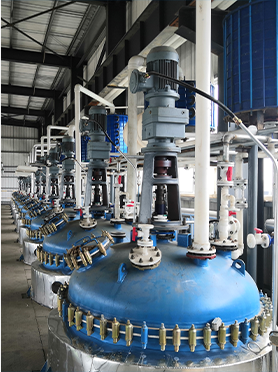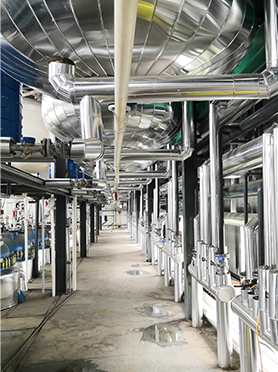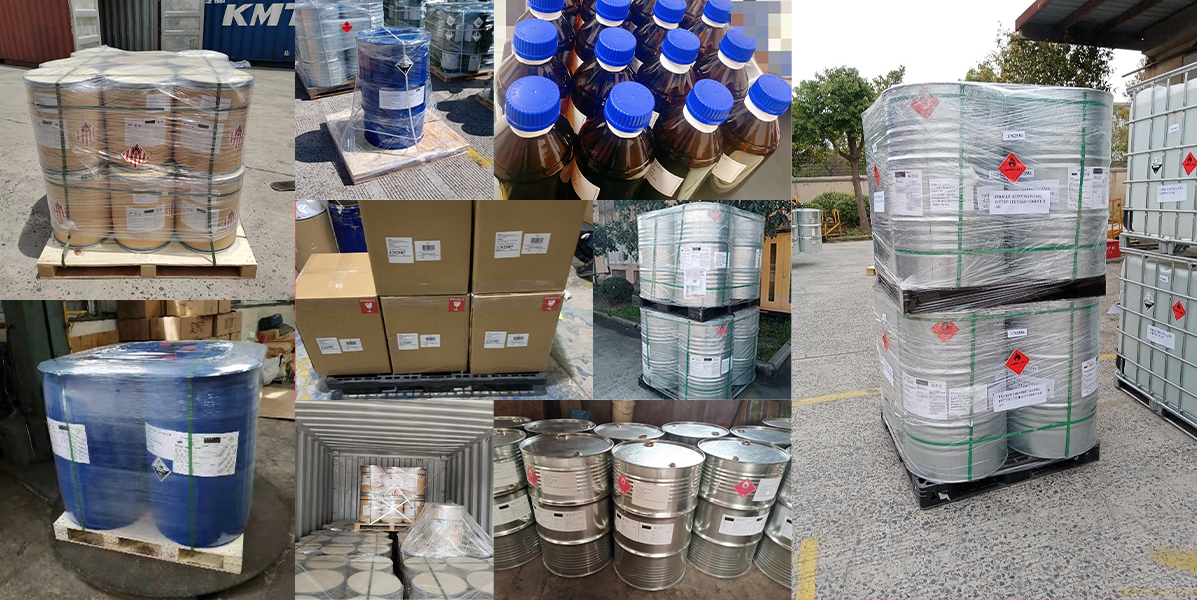The intricate dance of creating microelectronic circuits relies on a precise interplay of materials and processes. Among these, photoresists and their corresponding developers are fundamental. While photoresists are the light-sensitive coatings, it is the developer that selectively dissolves exposed or unexposed areas, revealing the underlying pattern. For procurement managers and R&D scientists in the electronics industry, understanding the chemistry and selection of these developers is as important as choosing the right photoresist. This guide focuses on the vital role of photoresist developers.
The most common class of developers used in photolithography are aqueous alkaline solutions, with Tetramethylammonium Hydroxide (TMAH) being a leading example. Solutions like 'SD Series' from Tokuyama, or formulations containing 2.38% TMAH as referenced by Kayaku, are widely used. TMAH is favored due to its effectiveness in dissolving specific types of exposed or unexposed photoresist polymers without attacking the substrate itself. For positive photoresists, the exposed areas are rendered soluble, and TMAH efficiently removes them. Conversely, for negative photoresists, the unexposed areas are dissolved.
The effectiveness of a developer hinges on its purity and concentration. High-purity TMAH solutions, with minimal impurities like metal ions and chlorine ions, are critical. These impurities can contaminate the wafer surface, leading to defects and impacting the performance of sensitive electronic components. Therefore, when you aim to purchase photoresist developers, specifying high-purity grades is essential. Manufacturers like Tokuyama emphasize their 'SD Series' developers are 'high purity products with very few impurities such as metal ions and chlorine ions,' making them suitable for micro-processing and creating sharp circuit patterns.
Beyond purity, the concentration of the alkaline solution plays a significant role in development speed and selectivity. Developers are often available in different concentrations, such as 20% or 25% solutions (e.g., Tokuyama's SD-20 and SD-25 grades), allowing for fine-tuning of the development process. The choice of concentration, along with development time and agitation, directly impacts the resolution and the fidelity of the final pattern. This is a key consideration for R&D scientists optimizing lithography processes.
The compatibility of the developer with the photoresist is also crucial. For instance, KMPR® 1000 photoresist is designed for use with 2.38% TMAH, but also mentions compatibility with 'other solvent based developers such as SU-8 developer.' This highlights that selecting the correct developer is dependent on the specific photoresist chemistry being used. It's not a one-size-fits-all situation; the synergy between the resist and developer determines the success of the patterning step.
As a dedicated supplier of electronic chemicals, NINGBO INNO PHARMCHEM CO.,LTD. understands the importance of these critical components. While our primary focus might be on other specialized chemicals, we recognize the interconnectedness of the photolithography process. If you are sourcing advanced photoresist materials or related intermediates, we can guide you towards finding the right developers or chemical solutions that complement your needs, ensuring you obtain the necessary price and quality.
In conclusion, photoresist developers are far more than simple solvents; they are precisely engineered chemical solutions that dictate the success of pattern formation in microelectronics. For procurement managers and scientists, selecting high-purity, appropriately concentrated developers that are compatible with their chosen photoresist is fundamental. If you are looking to buy photoresist developers or related chemicals, ensuring purity and precise specifications from a reliable manufacturer is paramount.
Manufacturing Facilities






Professional Export Experience
to Global Customers

1. 20 years of R&D, manufacturing and sales experience, serving customers in 60 countries and regions around the world;
2. Own R&D laboratory, pilot platform and large-scale production workshop, which can meet the audit requirements of global customers;
3. We can satisfy customers' perfect transition from small scale lab requirements (gram level) to commercialization requirements (hundred tons level).
A: We don't have Minimum Order Quantity, exact quantity should be provided before quotation for us to calculate the exact cost.
A: We don't provide free samples due to lots of request and expensive international courier's cost, we can deduct the sample charge after commercial order placed.
A: Our payment terms: Small or sample order: T/T IN ADVANCE. Commercial order: First order should be by T/T IN ADVANCE or L/C at sight, and following orders T/T 30~90days is acceptable subject to approval of credit application.